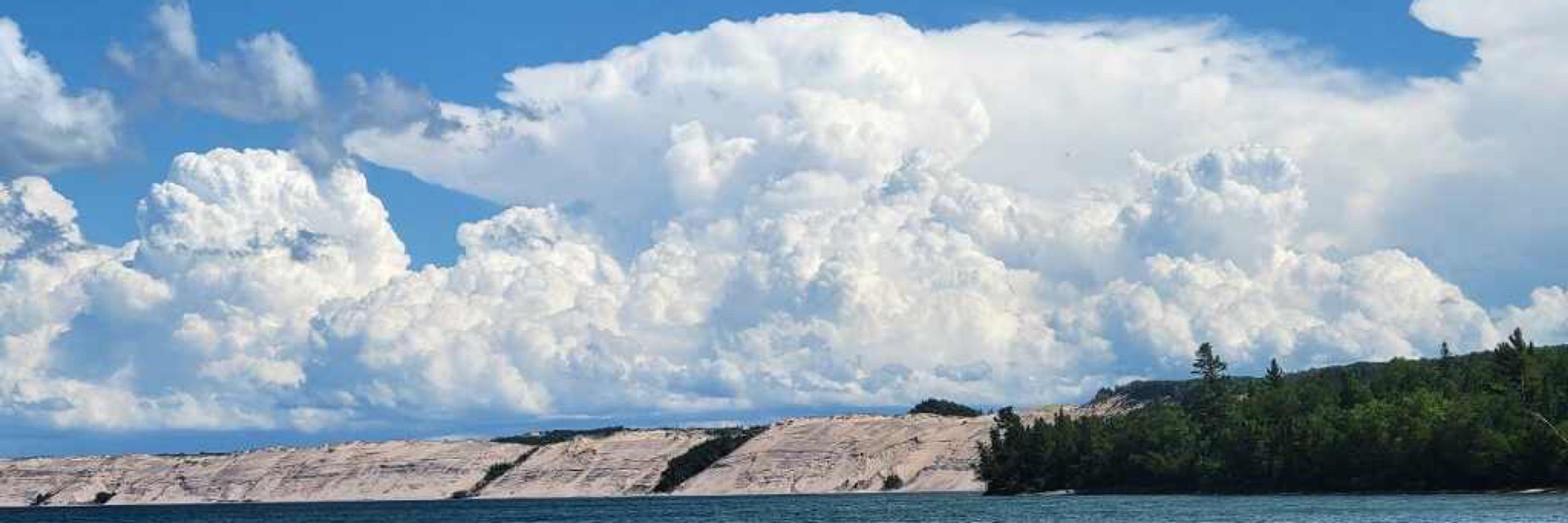


oakreinsurance.com/news/hurrica...

This helps explain why hurricanes generally turned northward well before reaching the U.S.


This helps explain why hurricanes generally turned northward well before reaching the U.S.

But the MESACLIP runs also do much more than that.







Rooftop solar has grown significantly in Jamaica; renewable energy made up about 10% of Jamaica’s power generation in 2023."

Rooftop solar has grown significantly in Jamaica; renewable energy made up about 10% of Jamaica’s power generation in 2023."

Danas (Cat 3, Taiwan)
Ragasa (Cat 5, Panuitan Island, Philippines)
Kalmaegi (Cat 3, Vietnam)
Fung-wong (Cat 3, Philippines)
No long-term trend since 1946, but the 2004-2025 period has seen a lot (4.2/y) vs. the previous 22-year period (2.6/y).

Danas (Cat 3, Taiwan)
Ragasa (Cat 5, Panuitan Island, Philippines)
Kalmaegi (Cat 3, Vietnam)
Fung-wong (Cat 3, Philippines)
No long-term trend since 1946, but the 2004-2025 period has seen a lot (4.2/y) vs. the previous 22-year period (2.6/y).
www.ecoshock.org/2025/11/thou...
www.ecoshock.org/2025/11/thou...


If a Melissa-level hurricane hit the Northeast, would we be ready? New column looks at climate whiplash, risk, and what real preparedness means.
open.substack.com/pub/susanpcr...



"This digital collage was made by a human using Photoshop. That human's name is Sam Harrington."
yaleclimateconnections.org/2025/11/imag...

"This digital collage was made by a human using Photoshop. That human's name is Sam Harrington."
yaleclimateconnections.org/2025/11/imag...
Please subscribe!


Record: 1,825 mm / 71.85 in La Réunion; January 7-8, 1966
(1/2)

Record: 1,825 mm / 71.85 in La Réunion; January 7-8, 1966
(1/2)

